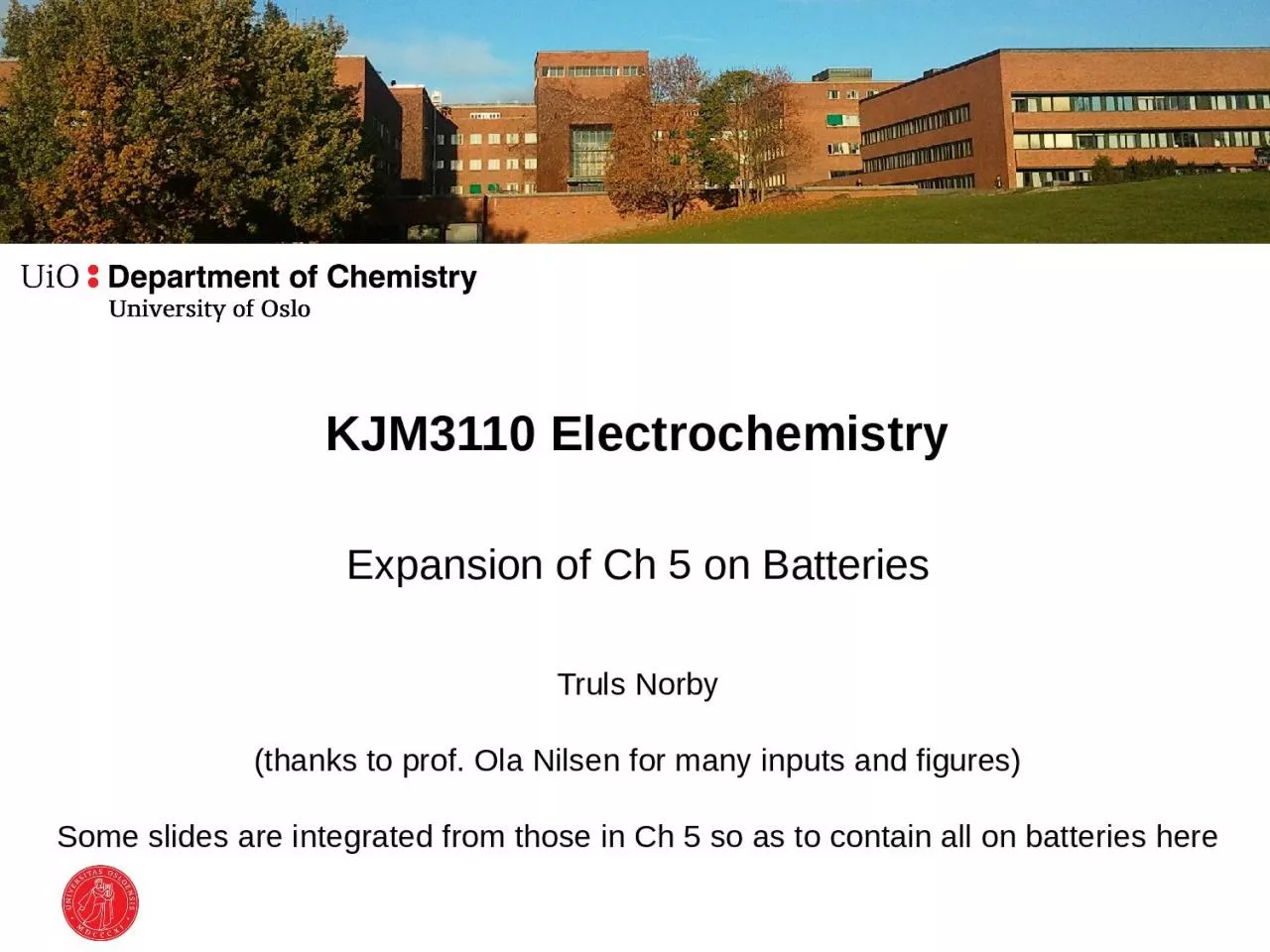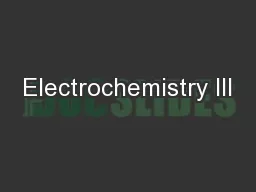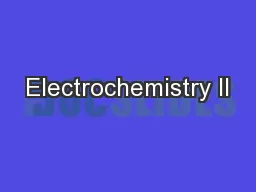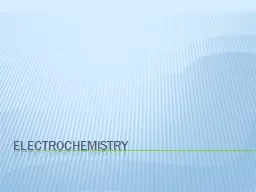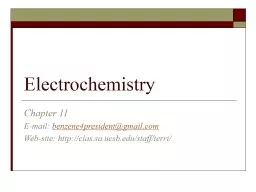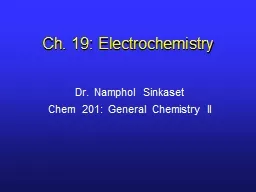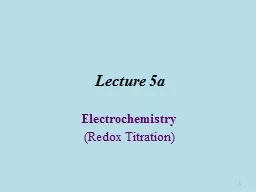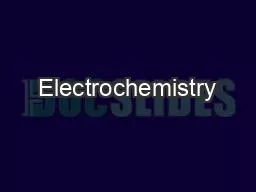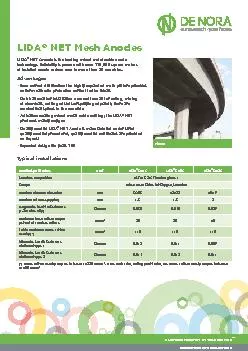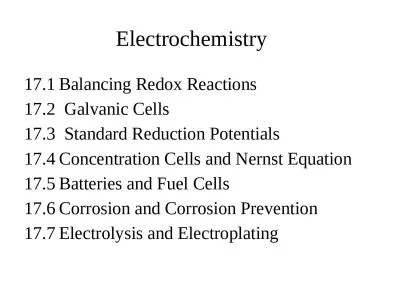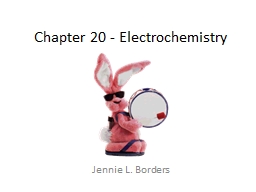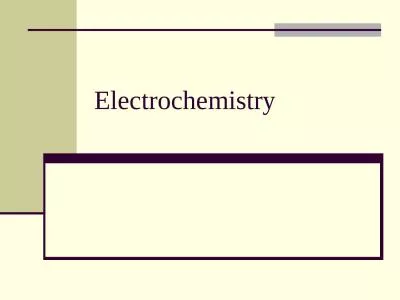PPT-KJM3110 Electrochemistry
Author : sophia2 | Published Date : 2024-03-13
Expansion of Ch 5 on Batteries Truls Norby thanks to prof Ola Nilsen for many inputs and figures Some slides are integrated from those in Ch 5 so as to contain
Presentation Embed Code
Download Presentation
Download Presentation The PPT/PDF document "KJM3110 Electrochemistry" is the property of its rightful owner. Permission is granted to download and print the materials on this website for personal, non-commercial use only, and to display it on your personal computer provided you do not modify the materials and that you retain all copyright notices contained in the materials. By downloading content from our website, you accept the terms of this agreement.
KJM3110 Electrochemistry: Transcript
Download Rules Of Document
"KJM3110 Electrochemistry"The content belongs to its owner. You may download and print it for personal use, without modification, and keep all copyright notices. By downloading, you agree to these terms.
Related Documents

